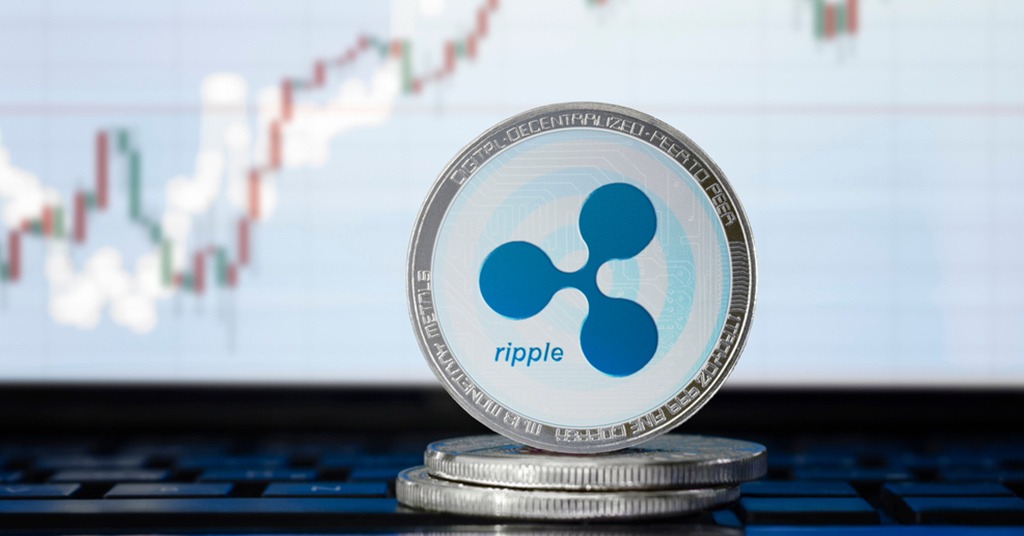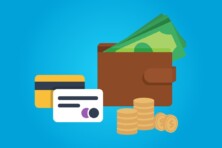It’s easy to get confused about the two names

What’s the difference between Ripple and XRP? Source: shutterstock.com
XRP cryptocurrency is often called Ripple just as the company behind its blockchain platform. However, XRP and Ripple are not the same at all.
Ripple
To begin with, Ripple is a fintech company, not a digital asset. Formally, it is called Ripple Labs Inc. The company develops and distributes an open source payments protocol RippleNet. This protocol uses blockchain technology to send money cross-border for banks and other financial institutions. Ripple payment platform is a real-time gross-settlement system.
There’s also a software suite called RippleX that provides the infrastructure, tools, services, programs and support for creation on the XRP Ledger (XRPL).
The XRP Ledger (XRPL) is open-source decentralized public blockchain used by software engineers, server operators, users, and businesses to build innovative projects and applications across blockchain use cases including tokenization of assets, online gaming, asset custody, NFTs, and DeFi. The XRP Ledger is the backbone of the Ripple protocol.
XRPL uses a consensus protocol, where designated servers/validators come to an agreement on the order and outcome of XRP transactions. It is called a Byzantine fault-tolerant agreement protocol and it applies to collectively trusted sub-networks.
Ripple Labs is often criticized for the commercial use of blockchain technology. Some people even think the proprietary XRP Ledger is privately owned. However, even though the company issued XRP and partly manages its ongoing distribution, Ripple does not control the cryptocurrency nor the Ripple Consensus Ledger.
Being released as open-source software, all XRPL changes that would impact transaction processing or consensus need to be approved by at least 80% of the network. There are 150+ validators on the network with 35+ on the Unique Node List. Ripple runs only 6 of these nodes, so it doesn’t have much say about the protocol-related decisions.
Today, Ripple’s global payments network serves over 300 financial institution customers from 55+ countries across six continents. Among others, Ripple is working with regulators, governments, and central banks.
XRP
XRP is the native digital asset on the XRP Ledger blockchain. It was created by Ripple to be a faster, cheaper, and more scalable alternative to other digital assets and existing monetary payment platforms. RippleNet customers can use XRP for sourcing liquidity in cross-border transactions, instead of pre-funding.
The purpose of XRP is to serve as an intermediate mechanism of exchange between two currencies or networks as a kind of temporary settlement layer.
Although XRP is the native token of the XRP Ledger, it’s not the only cryptocurrency that can function there. XRP Ledger was built specifically to be able to tokenize arbitrary assets, such as USD, EUR, Oil, Gold, reward points, and more. Theoretically, any currency can be issued on the XRP Ledger.
The XRP crypto was pre-mined before launch, and 100 billion units were created, a number that cannot increase or decrease according to its protocol. 80% of all XRP went to Ripple Labs Inc., while 20% were kept by creators. So that the crypto price couldn’t be manipulated, 50 billion XRP were immediately put in an escrow account. Over 45 billion are now in circulation.
This account is governed by a built-in smart contract that controls the release of XRP. The smart contract will release one billion XRP each month for the period of five years while also sending any portion of unused XRP back into the escrow account, adding another month to the five-year period.
At the same time, owning most of the XRP supply (held in escrow) gives Ripple Labs central control over it. It also makes the net worth of the company dependent on the rise or decline of the price of XRP. Its valuation and market cap is calculated based on the cryptocurrency asset worth rather than stock value.
Despite being one of the top digital currencies on the market, the price of XRP remains quite low up to date. At the moment of writing 1 XRP equals $0.8425 (according to CoinMarketCap). However, due to the huge circulating supply, XRP as an asset has enormous market value.
Therefore, in 2018, when its price soared, XRP was the second-largest digital currency behind bitcoin with a market cap of $115.1 billion. Currently, though, the coin ranks 8, with $40 billion.
SEE ALSO:









